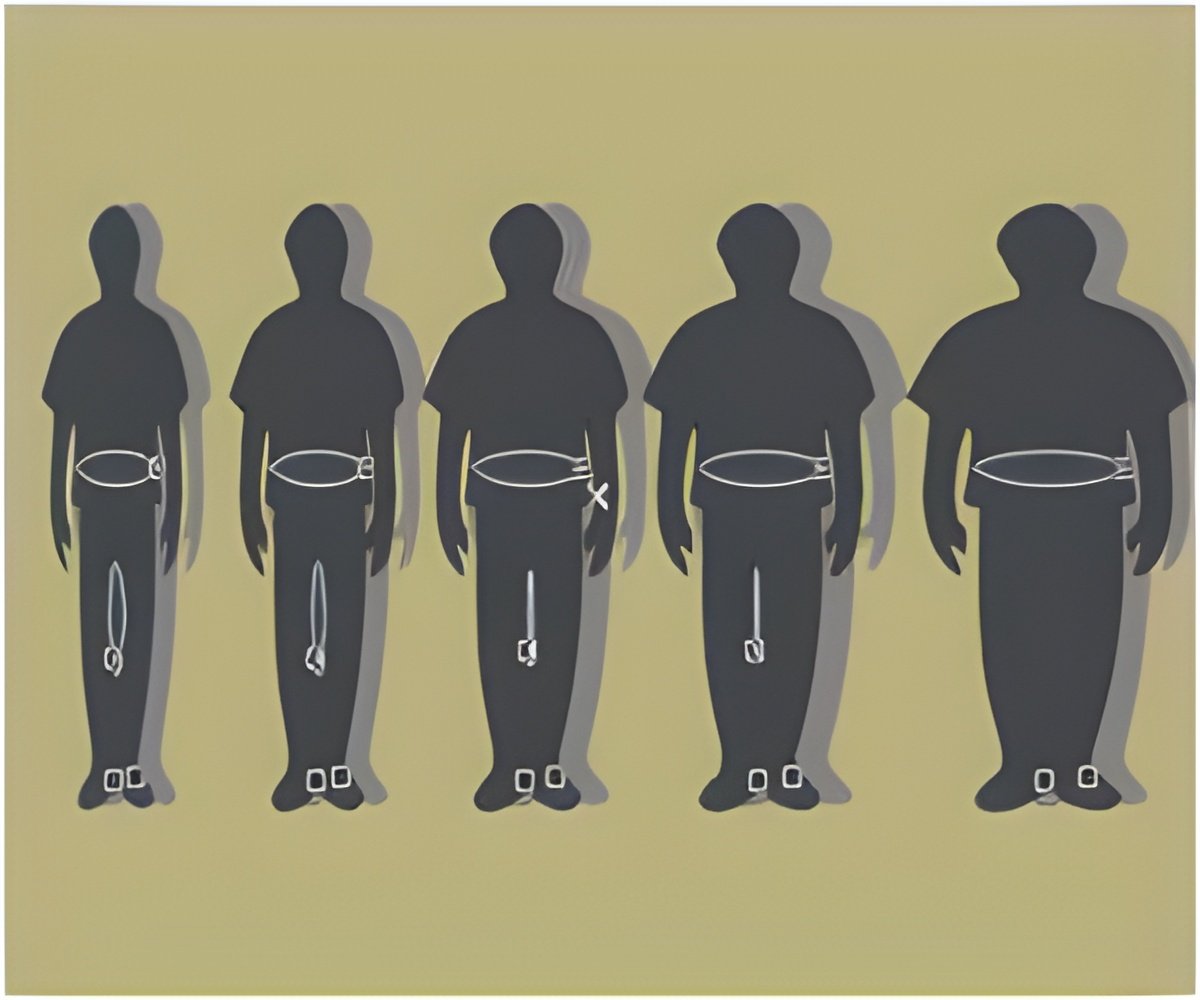Explore how policy changes can play a pivotal role in addressing the global obesity epidemic and promoting healthier lifestyles for communities worldwide.

A new study analyzes California’s legislative efforts to prevent and reduce obesity. It provides valuable insights into policy trends and success rates over the past two decades. (1✔ ✔Trusted Source
Longitudinal policy surveillance of state obesity legislation in California, 1999–2020
)
The study team found that children and schools were the most frequently targeted populations and settings, with nutrition (45%) and physical activity (33%) as the primary policy topics.
“The obesity epidemic in California is real, and disproportionately impacts Latino, Black, and low-income communities. Action is needed now more than ever,” said co-corresponding author and study lead, Denise Payán, PhD, MPP, associate professor of health, society, & behavior at UC Irvine Joe C. Wen School of Population & Public Health.
California’s Legislative Response to Obesity
Payán and her colleagues identified and analyzed nearly 300 obesity-related bills and resolutions introduced in California’s legislature from 1999 to 2020. During that time, California legislators introduced an increasingly higher quantity of bills and resolutions that mentioned obesity, with a peak in 2005–2006, signaling greater awareness and interest in this public health issue among state policy stakeholders.
In addition to their primary findings, they also found that, for legislative outcomes, while nearly a quarter (24.9%) of bills were enacted, 82.1% of resolutions were adopted. Legislation aimed at raising awareness about obesity was also more likely to pass.
However, clear policy gaps were identified. Only 15% of legislation mentioned race or ethnicity, even though racially/ethnically marginalized individuals more frequently live in food deserts, lack healthy food choices in school, and live in neighborhoods without access to safe active living spaces.
Further, while awareness legislation on obesity was popular, legislators may be signaling their public commitment to an issue without financial or political investment (or a considerable change to the status quo). This approach may not be effective in the long run to improve population health.
Advertisement
“We hope future research endeavors can leverage this database to advance the evidence base for public health law and inform future policymaking so that impactful and inclusive solutions can be prioritized,” added Payán, who is also the director of the multi-campus California Initiative for Health Equity & Action.
“Our findings hold promise for guiding public health advocates and lawmakers in shaping policies that effectively combat obesity while addressing health disparities.”
Advertisement
Reference:
- Longitudinal policy surveillance of state obesity legislation in California, 1999–2020 – (https://link.springer.com/article/10.1186/s12889-024-20557-y)
Source-Newswise



